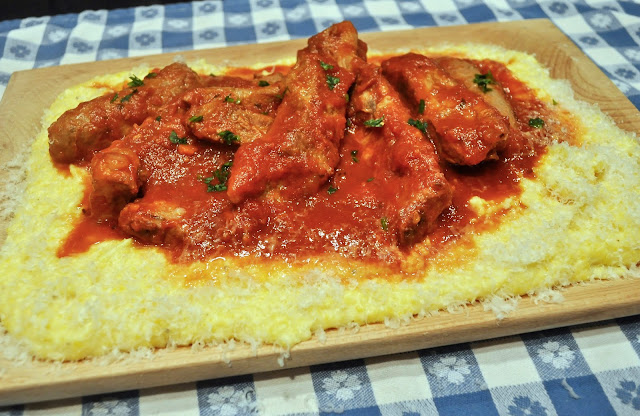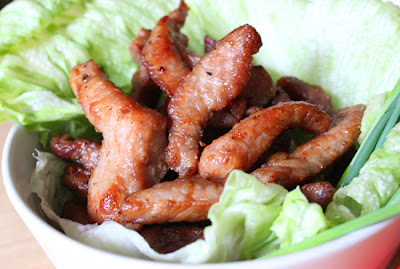Montersino Rules for Bread.
These may well be 'Montersino Rules for Bread' but for me Montersino really does rule over the kitchen. So when I was watching one of his Accademia Montersiono programmes on Alive TV
( Italian language only) I gleaned several things form him that I think are important to note down here before I forget them.
( Italian language only) I gleaned several things form him that I think are important to note down here before I forget them.
- The longer the raising time the smaller the quantity of yeast needed.
- A biga must be left to develop for 18 to 20 hours.
- Add the salt at the end of the kneading process as the salt crystals make the gluten strands rigid and inhibit their production.
- The amount of salt in the mixture affects the time that the dough takes to prove. If you want to lengthen the proving time of the bread add extra salt. This has to be within reason. I didn't quite catch the rule so I'll watch the programme again to get the formula right.
- Use a medium gluten content flour if you want to have a crisp crust. The protein in the flour absorbs humidity and makes even the crispiest crust go soft.
- These may well be 'Montersino Rules for Bread' but for me Montersino really does rule over the kitchen. So when I was watching one of his Accademia Montersiono programmes on Alive TV
( Italian language only) I gleaned several things form him that I think are important to note down here before I forget them. - The temperature of the dough should not go above 27 C as it will inhibit the yeast growth. If the dough is mixed in a machine, the action of the dough hook can raise the temperature significantly. This is why many bakers tell you not to use warm water to make bread. (Paul Hollywood being a case in point).
There's a fantastic tretis on the science of it all here:
http://www.seriouseats.com/2011/06/the-food-lab-the-science-of-no-knead-dough.html



Comments
Post a Comment